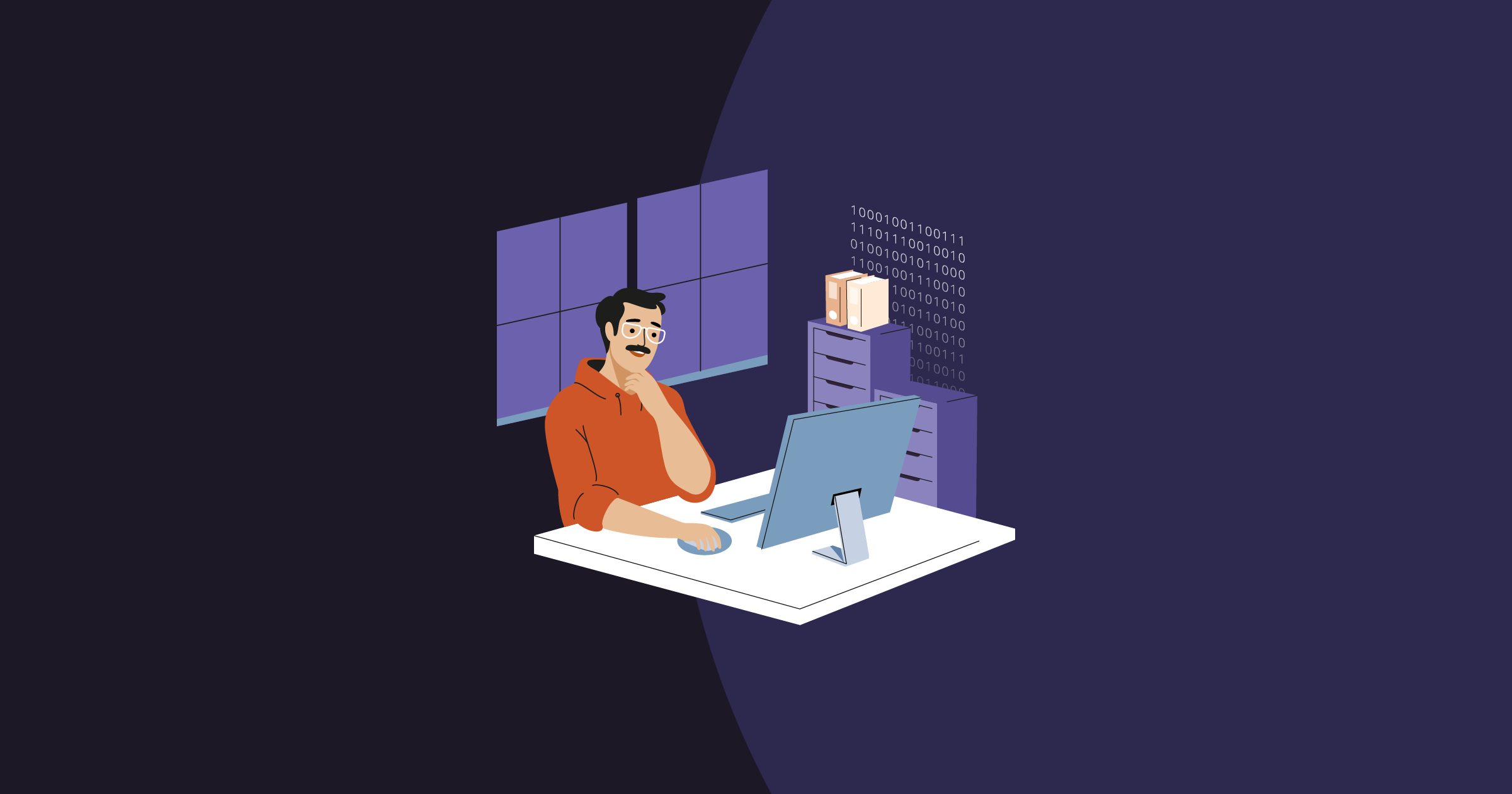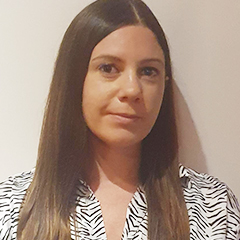What is software? A guide to its uses and types
Published on 16/03/2023 by Ojasvini, Quirine Storm van Leeuwen and Laura Burgess
This article was originally published on 08/10/2021.
What is the meaning of software? Are there different software types that businesses can use? What is Software as a Service (SaaS)? Read further to find answers to these and other such questions in our article.

In this article
There can be a lot of confusion about the term software, whether it’s a program, an application, or a system. Having said that, software can be essential for businesses— from client management to inventory tracking—to daily business operations, software can help automate multiple tasks that otherwise would consume too much time or are too complex to perform. Therefore, understanding the purpose of software and its importance might be crucial for all business types and industries. In this article, we answer common user questions such as what is software, what are the different types of software available for users, and the difference between open and closed-source software.
What is software: Definition and meaning
Software is a collective term for:
- computer programs
- applications
- operating systems
Software is a set of programs containing data and instructions that perform operations and tasks, basically telling a computer how to work. Computers, smartphones, and tablets use software to perform or automate daily tasks. When software is integrated into a device or appliance, such as in a calculator, television, car, or washing machine, it is called embedded software. Some common software examples that many businesses use in daily operations include Microsoft Office, Chrome, Safari, PowerPoints, and Excel.
What is the difference between hardware and software?
Hardware includes the physical components of a computer, such as a monitor, keyboard, or mouse, as well as internal elements, such as the motherboard and hard disk. In contrast, software is a digital portion that relies on hardware and is needed to run other programs, for instance, a photo editor or an accounting program on a computer. Software typically enables the hardware to perform specific assigned activities.
What are the different types of software?
There can be different types of business software applications that businesses can use for varied operational purposes. Below are some common types of software available for use:
1. System software
System software manages a computer and its operating system. This software typically manages the activities and controls the operations of computer hardware and enables an environment for all other software to work efficiently. A good example of system software is a computer's operating system, often called OS. Some common types of operating systems include Microsoft Windows, Linux Mint, and Mac OS.
This OS typically communicates with the hardware and provides basic functionality for devices such as your computer desktop, mobile phone, or tablet. OS also enables you to manage files and folders and install programs.
2. Application software
Application software is typically a user-downloaded program installed on the computer.
This software can help users perform various tasks on a computer, tablet, or smartphone. Application software can be further divided into personal, office, and business software. Where personal software (such as shopping applications and games) is generally intended for private use by consumers, office software consists of every office's essential programs, such as word processing programs, calculation programs like Excel or Google Sheets, email programs like Outlook, and presentation software like PowerPoint.
In addition, the third type, i.e. business software, typically includes programs companies use to run their daily operations. Some examples of this type are project management tools, customer relationship management CRM) programs, ERP, and accounting systems.
3. Programming software
Programming is another name for software development, and a software developer usually performs this function. Programming software is mainly used by computer programmers to write code. Such tools, for the most part, help developers to create, write, test and also debug different software programs.
With that said, while developing software, a programming language is used. This is a language in the form of code that can later be converted into a software program. Some examples of programming languages include Python, C and C++, Java, and SQL.
4. Driver software
This software can be considered a sub-type of system software. Driver software generally controls the hardware devices attached to the computer, helping them perform their assigned tasks. With that said, each device connected to a computer might require a device driver to function correctly. Some devices requiring drivers include card readers, keyboards, USB devices, speakers and game controllers.
How do open-source and closed-source software differ?
As the name suggests, open-source code software can be accessed publicly and adapted to meet the different needs of users. Developers and system administrators can tailor the software by copying, modifying, or deleting parts of the code. This approach can be helpful if you are still looking for a one-size-fits-all solution to cover the many needs of your business.
On the other hand, closed-source software broadly means that users cannot change the code because it is encrypted and set as ‘private’. You can use it as an introductory program with standard functionalities, but trying to edit or delete parts of the coding could lead to applicable legal repercussions.
In addition to the above, there are other types of software, such as the no-code and low-code software. Where no code software can offer the possibility to develop software applications without complex codes, low code software, on the other side, is majorly a software development method that focuses on the visual design of an application, which is typically done with minimum coding.
What is Software as a Service (SaaS)?
You can buy the license for a software product, or you can ‘rent’ the software. In the latter case, it is known as Software-as-a-Service. This is a model where a software application is not owned by you but is offered as an online service. In such a case, you only have to pay the provider a fixed monthly fee or pay as per your use. The SaaS provider takes care of the software's installation, maintenance, and management.
Contrary to this, there is on-premise software which typically means installed software. In such a scenario, you have complete control over the system because the software is installed on your servers and computers. Additionally, the hardware and licenses are the property of your company/organisation.
In addition to SaaS and on-premise, there is also cloud computing. Where SaaS focuses on making software available, cloud computing is concerned with software and making infrastructure and hardware available online for business use.
In conclusion
Whichever form of software you choose for your business use, you would either have to pay a one-off fee or spend money to subscribe unless you opt for a free version of that software. Free software can sometimes provide appropriate support to your organisation but usually has limited functionality. For instance, there are many free eCommerce software in the market, which are helpful for startups. But, as the business scales up and so does productivity, the free version would be required to expand with more advanced features, which typically comes with an additional cost.
Having said that, businesses would also need to ensure the quality of their software once it is deployed. They would constantly need to improve their functionality, fix bugs, adjust software code, and adapt to technological demands.
This article may refer to products, programs or services that are not available in your country, or that may be restricted under the laws or regulations of your country. We suggest that you consult the software provider directly for information regarding product availability and compliance with local laws.


